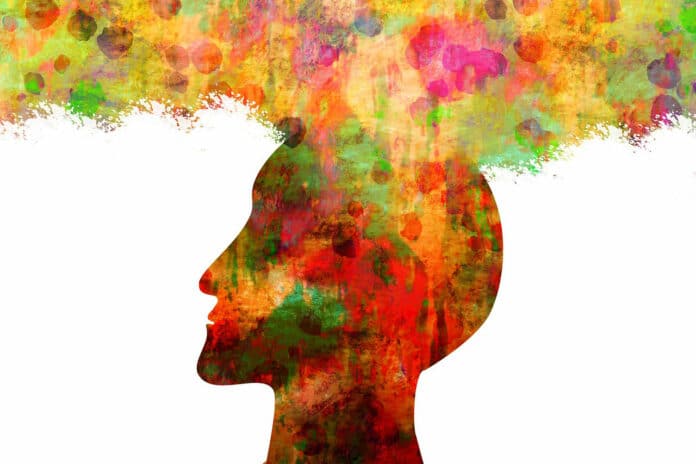The head direction (HD) system, commonly called the neural compass, underlies a navigator’s sense of direction. In contrast to a globally consistent magnetic compass, the HD system does not have a universal reference frame.
By tracking neural activity using the latest brain imaging techniques, scientists at McGill University have gained new insights into the part of the brain that gives us a sense of direction. The research sheds light on the processes that can go awry in degenerative diseases like dementia, which cause patients to feel disoriented and lost, as well as how the brain orients itself in changing surroundings.
Researchers subjected mice to a disorienting virtual world while monitoring neural activity in the brain to understand better how visual information affects the brain’s internal compass. Using the most recent developments in neuronal recording technology, the team captured the inner compass of the brain with unprecedented accuracy.
Accurately decoding the animal’s internal head direction allowed researchers to explore how the Head-Direction cells support the brain’s ability to reorient itself in changing surroundings. They specifically identified a phenomenon called ‘network gain’ that allowed the brain’s internal compass to reorient after the mice were disoriented.
Zaki Ajabi, a former student at McGill University and now a postdoctoral research fellow at Harvard University, said, “It’s as if the brain has a mechanism to implement a ‘reset button’ allowing for rapid reorientation of its internal compass in confusing situations.”
The authors contend that these scenarios are already applicable to the modern human experience, especially given the rapid uptake of virtual reality technology, despite the fact that the animals in this study were subjected to unnatural visual experiences.
Ajabi said, “These findings may eventually explain how virtual reality systems can easily take control over our sense of orientation.”
Co-author Xue-Xin Wei, a computational neuroscientist and an Assistant Professor at The University of Texas at Austin, said, “The results inspired the research team to develop new models to understand the underlying mechanisms better. This work is a beautiful example of how experimental and computational approaches can advance our understanding of brain activity that drives behavior.”
Mark Brandon, an Associate Professor of psychiatry at McGill University, said, “The findings also have significant implications for Alzheimer’s disease. One of the first self-reported cognitive symptoms of Alzheimer’s is that people become disoriented and lost, even in familiar settings.”
Journal Reference:
- Ajabi, Z., Keinath, A.T., Wei, XX. et al. Population dynamics of head-direction neurons during drift and reorientation. Nature 615, 892–899 (2023). DOI: 10.1038/s41586-023-05813-2
